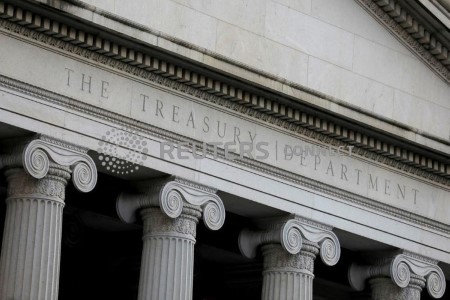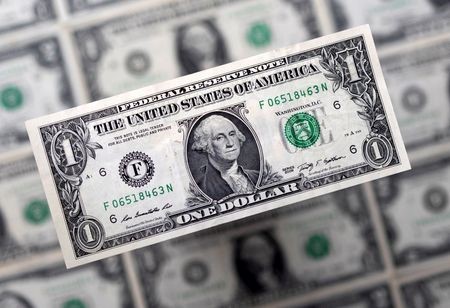BENGALURU, July 21 (Reuters) – Oil prices rose nearly 2% on Friday to record a fourth consecutive weekly gain, buoyed by growing evidence of supply shortages in the coming months and rising tensions between Russia and Ukraine that could further hit supplies.
Brent crude futures rose USD 1.43, or 1.8%, to settle at USD 81.07 a barrel, with a weekly gain of about 1.2%. US West Texas Intermediate crude ended USD 1.42, or 1.9%, higher at USD 77.07 a barrel, its highest since April 25. WTI gained nearly 2% in the week.
“The oil market is starting to slowly price in a looming supply crunch,” Price Futures Group analyst Phil Flynn said.
“Global supplies are starting to tighten and that could accelerate dramatically in the coming weeks. Increased war risk could also impact prices,” Flynn said.
Russia hit Ukrainian food export facilities for a fourth day in a row on Friday and practiced seizing ships in the Black Sea, in an escalation of tensions in the region since Moscow’s withdrawal this week from a U.N.-brokered safe sea corridor agreement.
A shutdown of the grain corridor could hit supplies of ethanol and biofuels that are blended with oil products at a time when global grain markets are already tightening, which would lead to refiners using more crude oil, Flynn said.
The seizure of ships could also add risks to oil and other goods exports in the region, he added. The Kremlin on Friday said Ukraine’s “unpredictable” actions pose a danger to civilian shipping in the Black Sea, and the situation around Russian exports requires analysis.
In the US, crude inventories fell last week, amid a jump in crude exports and higher refinery utilization, the Energy Information Administration (EIA) said on Wednesday. Earlier on Monday, the EIA had forecast that US shale oil and gas production was likely to decline in August for the first time this year, adding to concerns of supply tightness.
Meanwhile, US energy firms this week reduced the number of oil rigs by seven, their biggest cut since early June, energy services firm Baker Hughes said. At 530, the US oil rig count, an early indicator of future output, is at its lowest since March 2022.
UAE Energy Minister Suhail al-Mazrouei told Reuters that current actions by OPEC+ to support the oil market were sufficient for now and the group was “only a phone call away” if any further steps were needed.
Chinese authorities unveiled plans to help boost sales of automobiles and electronics, a move welcomed by investors hoping that it would reinvigorate the country’s sluggish economy.
Next week, preliminary purchasing manager surveys from S&P Global will be key for investors trying to understand changing global demand, Rob Haworth, senior investment strategist at US Bank Asset Management, said.
(Reporting by Shariq Khan in Bengaluru; Additional reporting by Natalie Grover in London, Arathy Somasekhar in Houston, and Andrew Hayley in Beijing; Editing by Marguerita Choy and David Holmes)







 DOWNLOAD
DOWNLOAD











